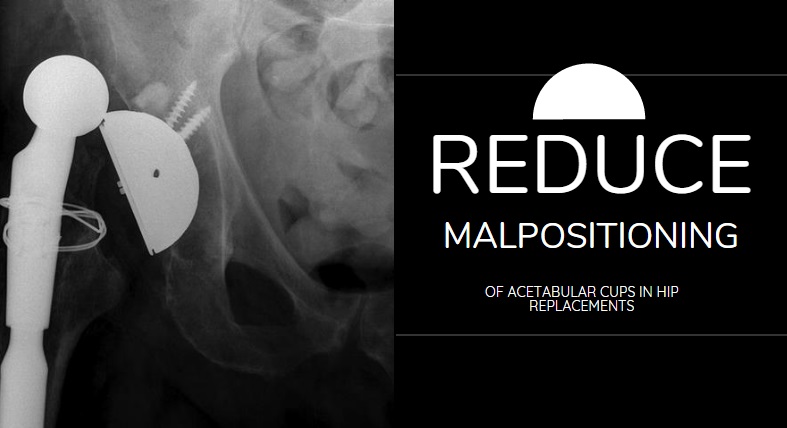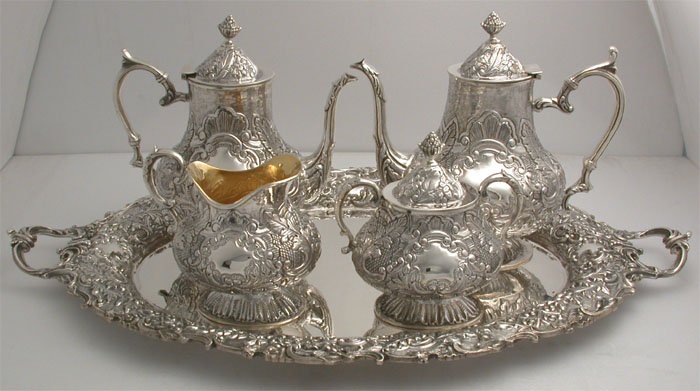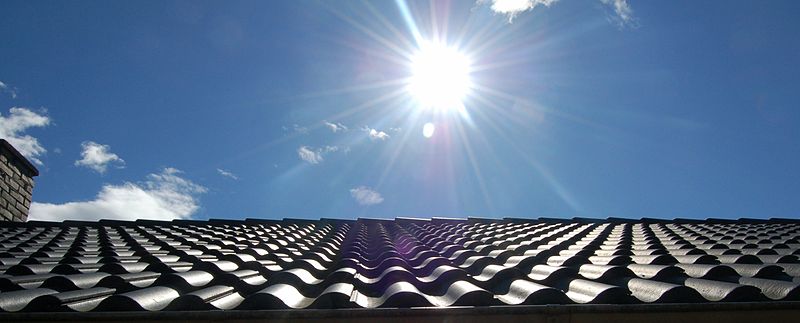Mad as a March Basketball

Every spring, Americans fall victim to a syndrome known as “March Madness.” Early onset symptoms include a loss of interest in regular activities, coupled with racing thoughts about the NCAA. Later stages are marked by a craving for CollegeHoopsNet.com posts, obsessive bracket picking, and frequent betting in office pools. Final stage is incessant streaming of tournament games, usually accompanied by a zombie-like stupor.
Whether March Madness causes an actual loss in the American GNP or whether it boosts productivity by providing the long term benefit of communal bonding remains controversial. Regardless, March Madness makes a notable impact on American life. We here at CPG sought to discover an environmental cause of this spring phenomenon.
Synthetic or Leather?
Traditional basketballs were made with a leather cover. However, due to the effects of the harsh environmental conditions of outdoor courts, the new trend is synthetic or rubber materials. The NCAA regulation basketballs are required to be covered in leather or composite leather materials, given that these matches are held indoors on wood floors. The synthetic materials can provide more consistency between balls, better grip and handling, and do not need to be broken in prior to use; however, the leather balls will bounce better.
When the NBA switched to synthetic materials, the players were bothered by the decrease in rebound height and reverted back to the traditional leather balls. This habit of switching between synthetic and leather balls was certainly vexing for players, but was not likely to contribute to the afore-mentioned madness. We wanted to know more, so it was off to the lab with our basketballs.
HS-GCMS Determines Trace Volatile Compounds in Basketballs
Our FTIR and SEM analysis found no characteristics that should cause madness, so we turned to potential volatile compounds, some of which are known to cause hallucinations (see the Oracle of Delphi), and yes, madness. We were interested in the fingerprint of compounds present on the surface of a new and an old basketball. A commonly used technique for analysis of volatile compounds is head space gas chromatography (HS-GC-MS), a method we often use to look for residual solvents and trace volatile chemicals in materials.
The HS-GC-MS analytical method is especially powerful in determination of flavor and odor rendering compounds. A group of volatile compounds present only in the new basketball were identified by HS-GC-MS:
- ethyl acetate, a compound with agreeable odor, which is present in confectionary, perfumes and fruits
- methyl cyclohexane, an organic solvent detected at surprisingly high concentration
- butylated hydroxytoluene (BHT) – an antioxidant commonly added to cosmetics, pharmaceuticals and rubber
Since BHT is used in many commonly used items outside of basketball, and ethyl acetate has an agreeable odor (no madness there), we move the methyl cyclohexane into a suspect category as a possible source of March Madness, although further testing would be required to determine a causal link, probably involving popcorn and televisions. Once we figure out how to screen for madness-induction from shoe squeaking or vuvuzelas, we will conduct a follow up study.
Read more in our March Madness application note.





